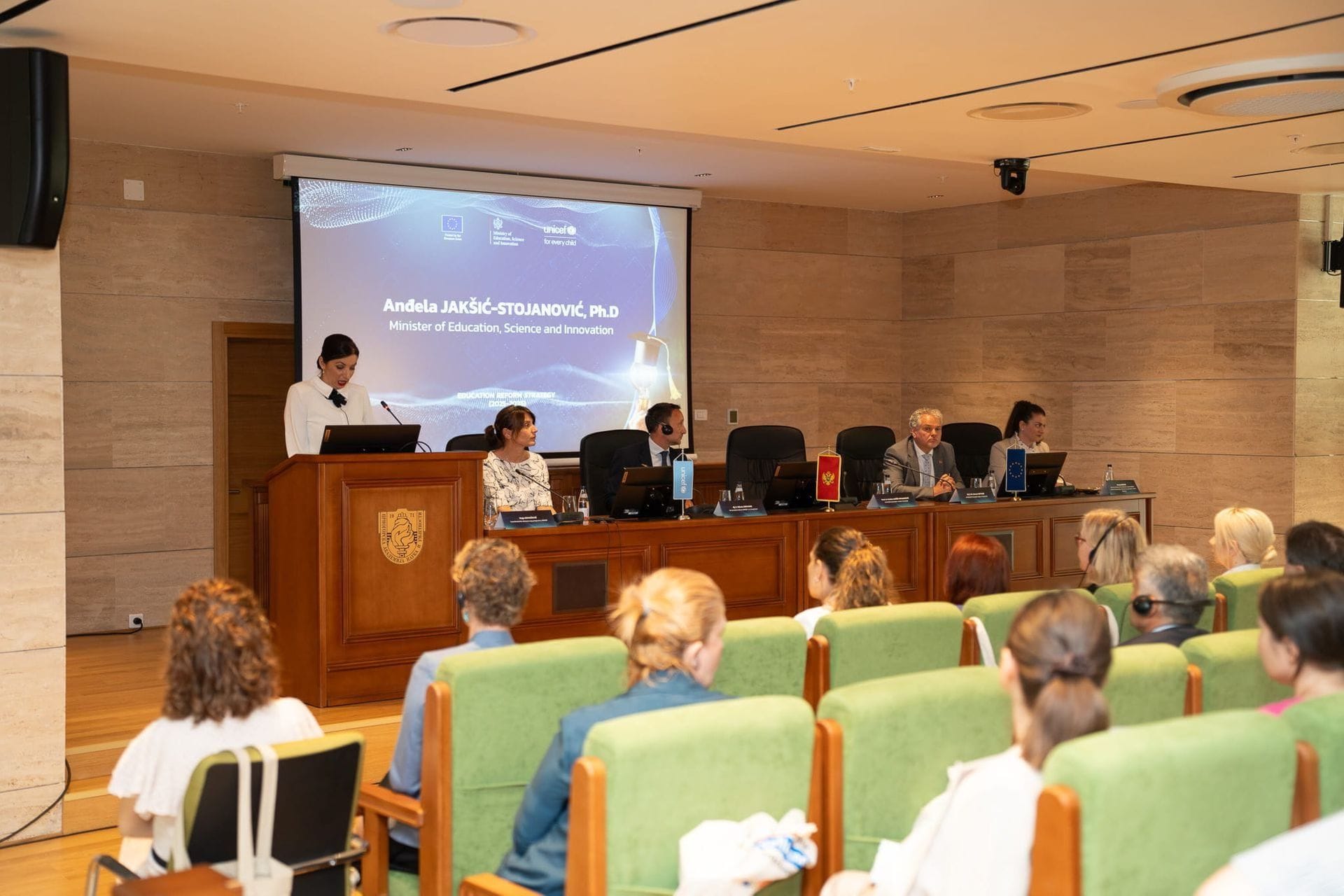The Ministry of Education of Montenegro has presented the education reform strategy for the period 2025-2035. The strategy is based on four strategic pillars aimed at transforming schools into stimulating and safe environments for all children and adolescents to acquire the knowledge and skills necessary for academic success, employment, and general well-being. The development of the strategy took one year and involved consultations with children, parents, teachers, and experts. The European Union and UNICEF provided significant support, including financial aid and expert assistance. The strategy emphasizes the importance of inclusive education, especially for children with developmental disabilities and children from vulnerable groups. Implementation requires stable investments from the state budget. The strategy is presented as a key step towards creating a better, higher-quality, and more inclusive education system in Montenegro.
Political Perspectives:
Left: Left-leaning sources emphasize the inclusivity and social justice aspects of the education reform strategy, highlighting the focus on vulnerable groups such as children with developmental disabilities and those from marginalized communities. They stress the importance of equitable access to quality education and the role of the state in ensuring stable funding and support for these reforms.
Center: Center-leaning sources focus on the comprehensive and consultative process of developing the education reform strategy, noting the involvement of various stakeholders including children, parents, teachers, and international organizations like the EU and UNICEF. They highlight the strategy’s role in modernizing the education system to meet the demands of the 21st century and its potential to contribute to economic growth and societal development.
Right: Right-leaning sources tend to emphasize the strategic importance of education reform for national development and economic competitiveness. They highlight the support from the European Union and the need for efficient implementation and accountability in the use of public funds. There may be a focus on the practical outcomes such as improving employment prospects and aligning education with market needs.











